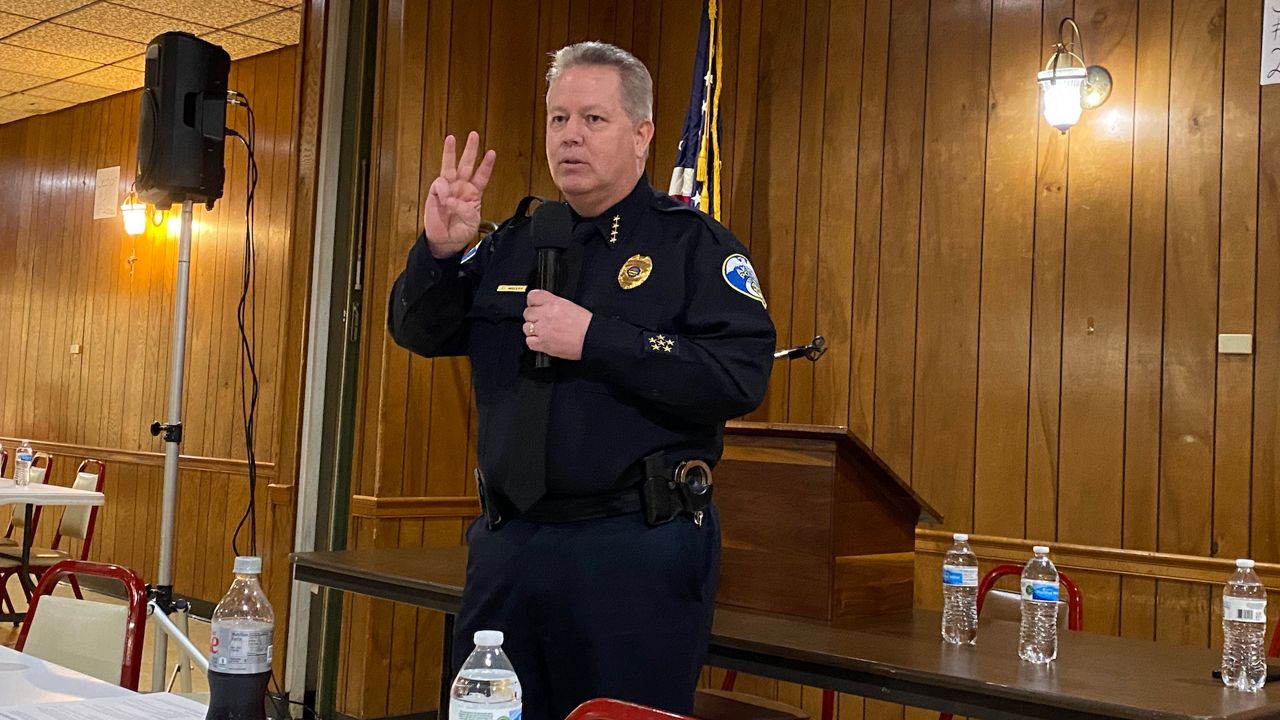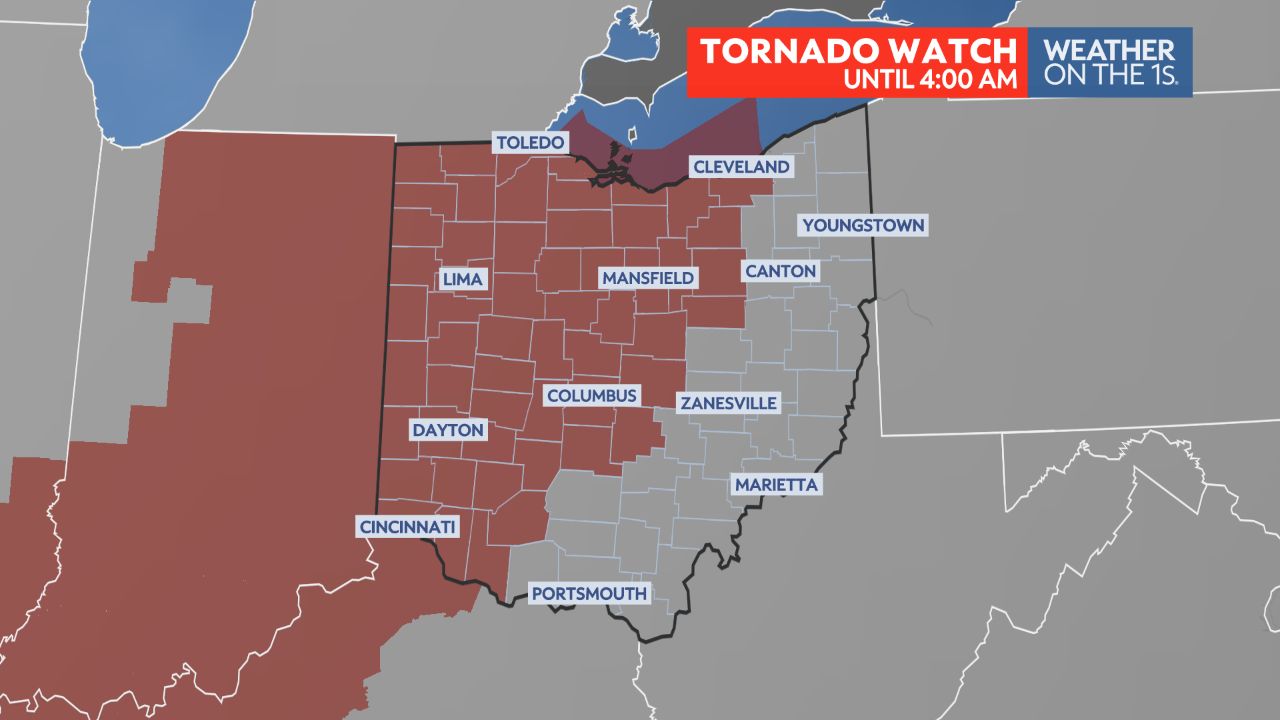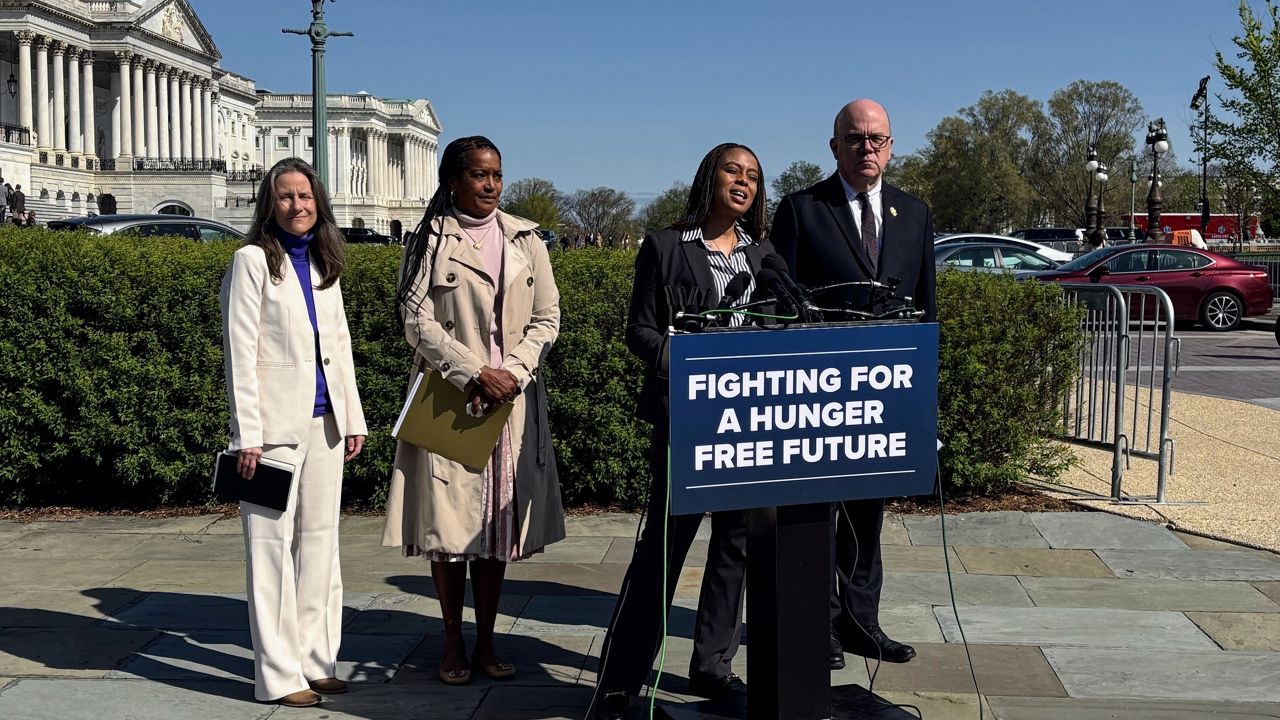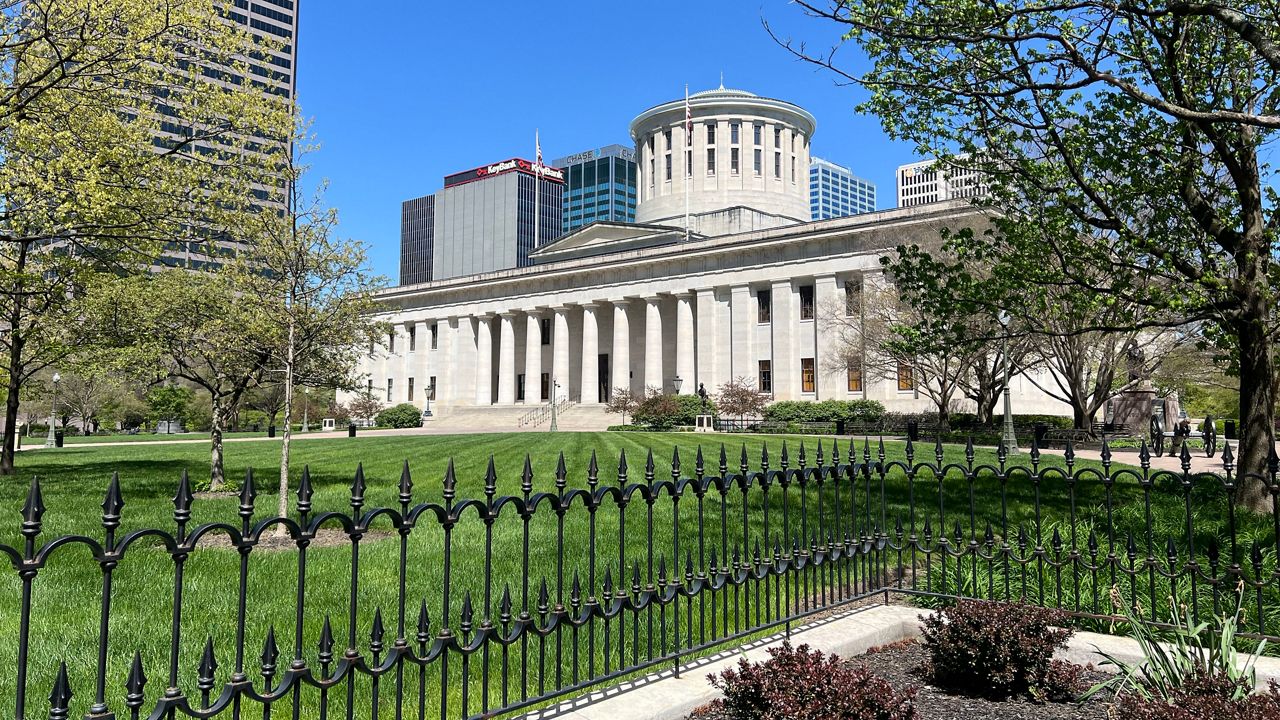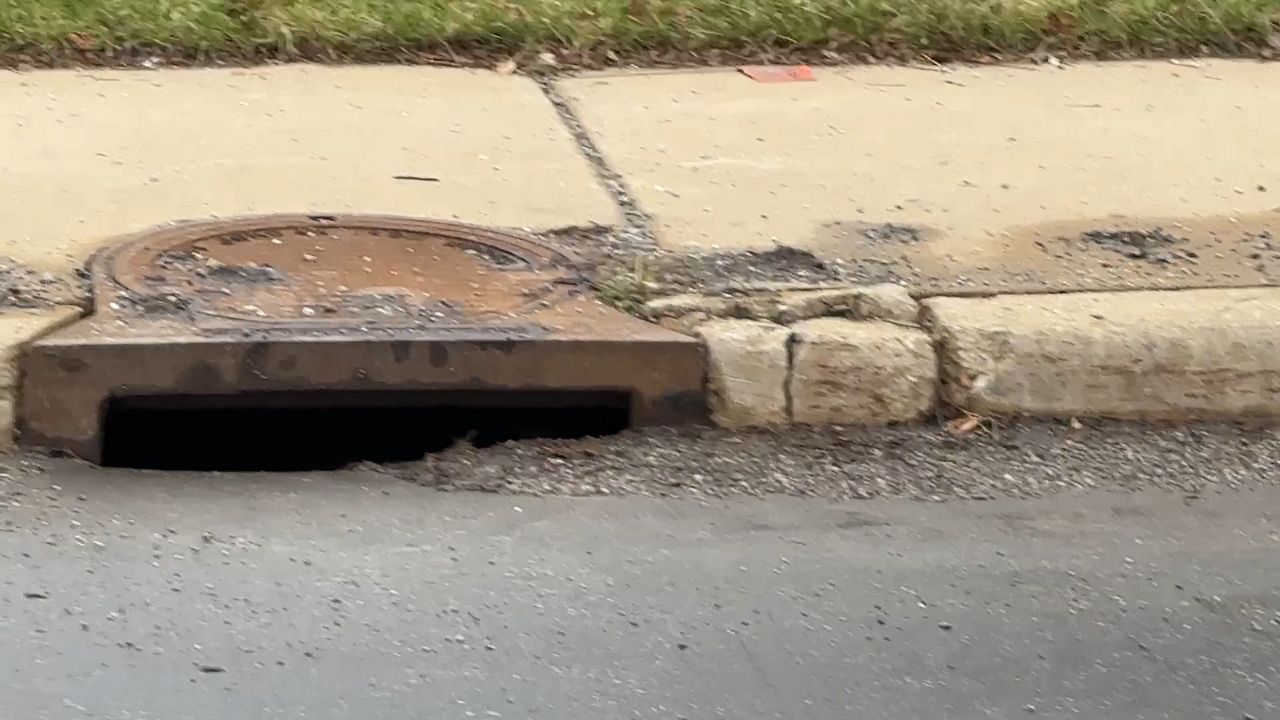AKRON, Ohio — Last year, the Akron Police Department had roughly 145,000 interactions with members of the public, Police Chief Stephen Mylett told residents gathered in North Akron Wednesday night.
The year prior, Akron police counted about 150,000 interactions, he said.
Of those interactions, the department used force .031% times — or fewer than 1%, and had a total of 47 complaints, Mylett said, which is incredibly low for a city the size of Akron.
“There's been a lot of things said about this police department over the last, you know, period of time,” Mylett said. “And the reason I'm sharing that with you is to put facts in your hands.”
On Wednesday, about 75 people who were gathered listened attentively, and asked questions after the presentation.
Organized by Ward 2 Councilman Phil Lombardo, the event was one of several public Q&As being held around the city to educate the community on the grand jury proceedings set to begin for the fatal police shooting of Jayland Walker.
Mylett was joined by Sgt. Mike Murphy, Jr. who with 16 years on the Akron force, talked about how use-of-force investigations are carried out. Akron Chief of Staff Gert Wilms, a former city attorney, shared information on grand jury proceedings.
Last June, Walker, a 25-year-old unarmed Black man, fled after police attempted to make a stop for burned-out rear lights. Walker led police on a chase during which officers said he fired a weapon at them. Walker eventually drove into a parking lot, stepped out of his still-moving vehicle wearing a ski mask and ran. He was fired on after he turned toward police and made movements officers said they perceived as threatening. Walker was hit more than 40 times by eight Akron officers.
The shooting has been under investigation by the Ohio Attorney General’s Bureau of Criminal Investigation. BCI’s findings are now headed to a grand jury, expected to be seated on or around April 10.
The city’s concern, Mylett said, is a response to the grand jury results from not only the Akron community, but also from “people coming into a legitimate protest to hijack it.”
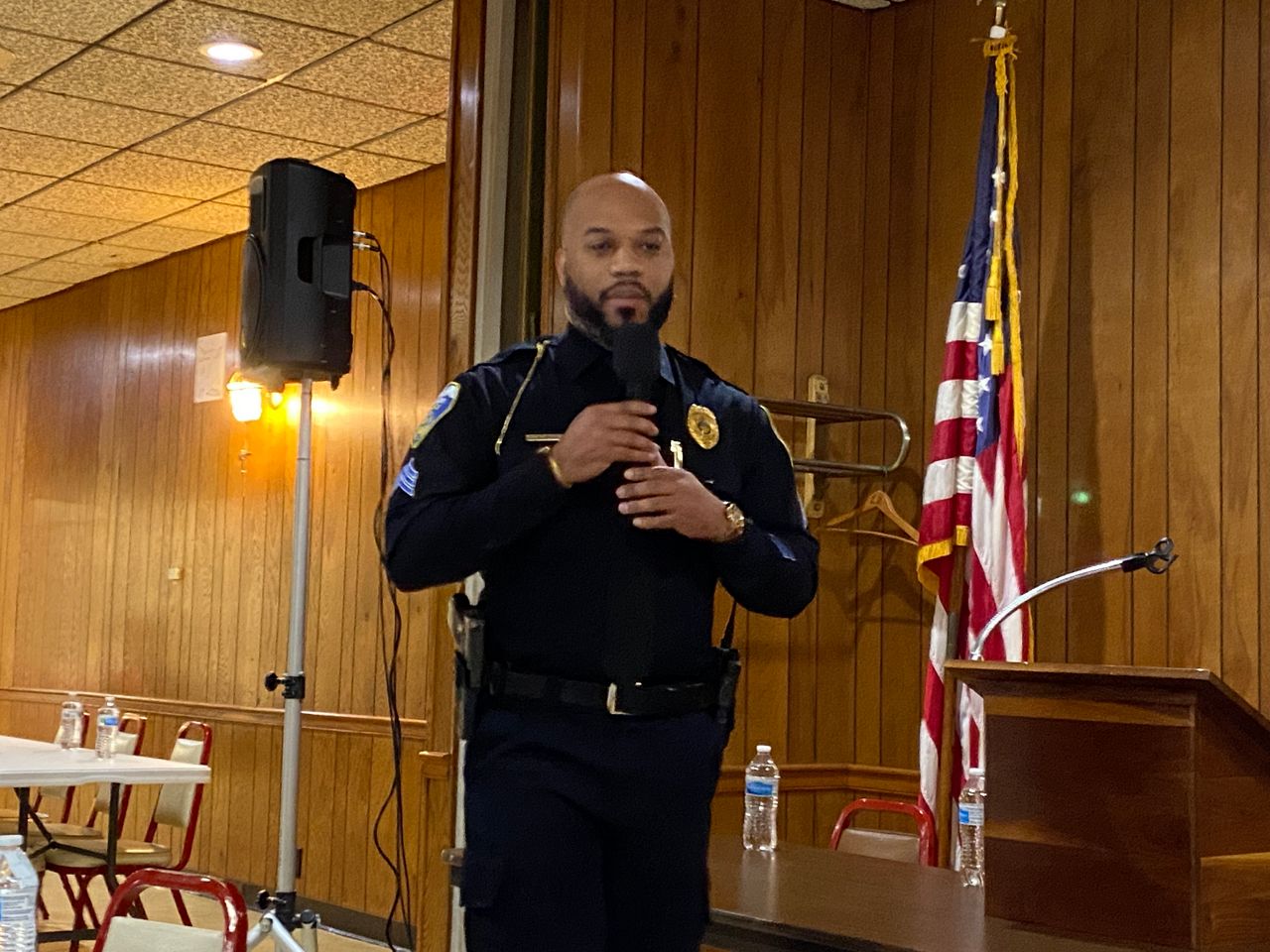
As chief of the Bellevue Police Department next to Seattle, Mylett said he saw that play out in the aftermath of the George Floyd murder, when Bellevue police were able to prevent a vehicle from driving into a group of protestors who were seated in the street.
“And so, people who are coming here to do that, they are not welcome,” he told the crowd. “And my hope is that they stay away. But we will be prepared to manage what comes at the city.”
To help protect “legitimate protestors,” from that kind of event, Mylett said the city will barricade parts of downtown, starting at High and Bowery streets in front of City Hall and the police department to provide “a safe zone to protest.”
The city learned from protests last year, he said. The department will use a new sound system to repeatedly communicate when a gathering has become unlawful, he said, ensuring all in attendenace can hear the call to disperse over the sirens and bullhorns protestors often use.
If protestors persist, the police will make arrests, which Mylett said he doesn’t want to happen. If people still fail to leave the area, the police will resort to pepper spray and tear gas, which are irritants whose effects go away, he said.
“But our goal is to get people out of harms way and out of what we would determine at that point is unlawful assembly,” he said.
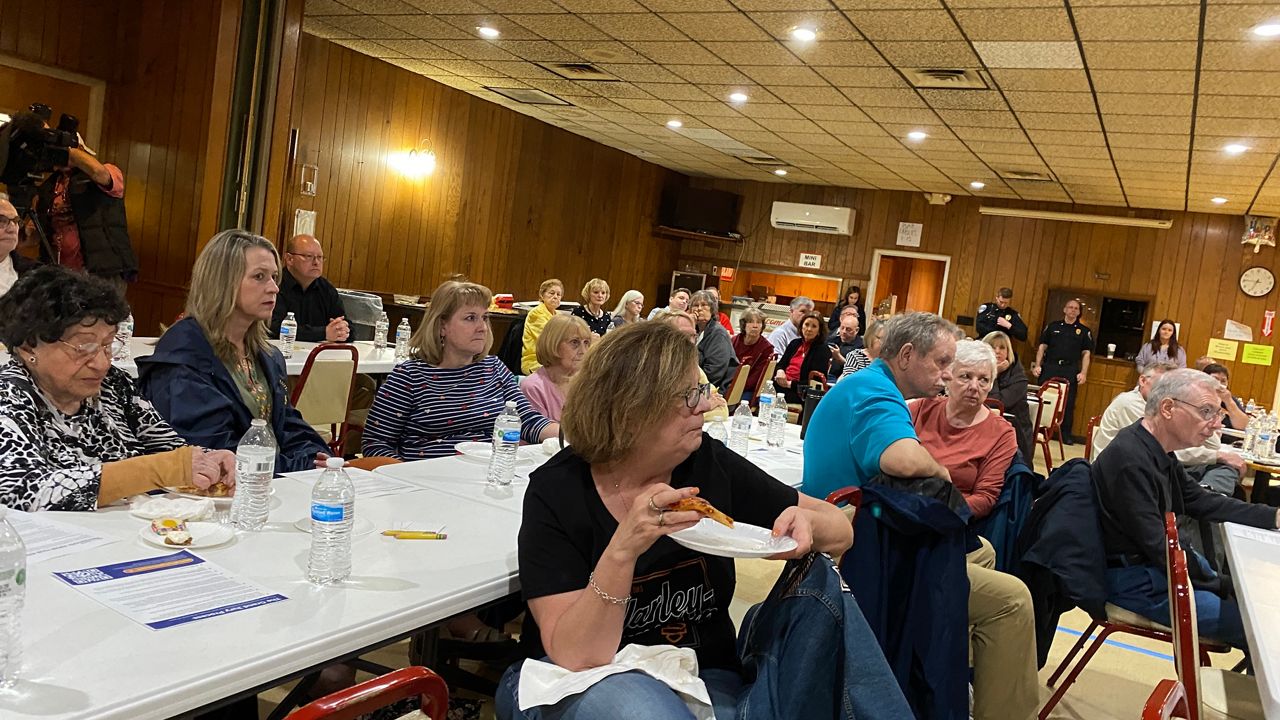
Should protests become violent, the APD has coordinated with the U.S. Department of Justice, which is prepared to provide support, Mylett said.
Murphy, who spent six years supervising Akron night patrols and conducting investigations, spoke to the group about use-of-force investigations in Akron, which he said have many layers.
In addition to reviewing officers’ body-worn camera footage, an investigation entails interviewing all involved, canvasing the area for witnesses and locating any digital devices that might have recorded the event, such as the popular door-bell video cameras, he said. The information collected is analyzed many times as it moves through official channels.
“This is not something that is done overnight,” Murphy told those gathered. “It's a long, drawn-out process. There's a lot of people with a lot of hands involved in this.”
The department’s use-of-force policy is posted on the city website, and is based off Supreme Court rulings, Murphy said.
“So that's the foundation of everything that we do. It’s connected directly to the law,” he said. “This is not the Akron Police Department coming up with our own laws and rules, and how we want to investigate these things. It's based off of court cases and rulings that have occurred throughout the country.”
Wilms explained the grand-jury process. To ensure no local involvement in the proceedings, Wilms said Summit County Prosecutor Sherri Bevan Walsh filed a motion early on to recuse her office from the case.
Grand jury proceedings are confidential, secret proceedings, and jurors are selected randomly from across Summit County, Wilms said.
“The grand jury is the beginning,” she said. “People are not going to be proven innocent. They're not going to be proven guilty at this point. They're just held to a probable cause standard. And that's reasonable grounds.”
Jurors are anonymous unless they choose to self-identify at the end of the investigation, she said. If they choose to speak publicly after grand jury completes its work, they are prohibited by the judge from providing some information.
The nine-member grand jury, with nine alternates, will convene in Summit County Common Pleas Court and hear evidence presented by the prosecutor about all eight Akron officers at the same time, which Wilms said is not unusual. The jury also will likely hear evidence from witnesses, ballistics, the coroner and other evidence.
The police officers can be called to testify, but they can’t bring an attorney, she said.
The jury can indict none, one or all of the officers with votes by seven of the nine jurors, she said, but an indictment doesn’t mean the defendant is guilty. The grand jury doesn’t have the power to decide whether a defendant is convicted.
An outcome with an indictment is called a “true bill,” while no indictment is referred to as “no bill,” she said.
“We will only know the outcome,” Wilms said. “And that outcome will be provided to us through a press conference that the aAttorney general will handle at the end of the deliberations.”
In the Walker case, the identities of the eight officers involved might never be revealed, Wilms said, to protect them and their families.
Details of lawfully protesting, use-of-force investigations and the grand jury aside, Mylett told the group he is well aware of why all were gathered on Wednesday night.
“Last year, there was a tragedy that happened in the city that impacted so many people,” he said. “Jayland Walker, the Walker family, this community, your city, your police department and the eight officers that were involved in the shooting. People's lives have been changed forever.”
Visit the city’s new website, established to provide the community with up-to-date information on the city’s approved protest zones, mental health resources, the grand jury process, protesters' rights and more.





